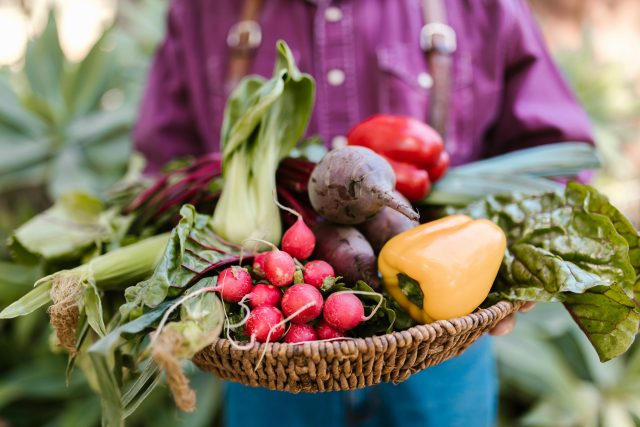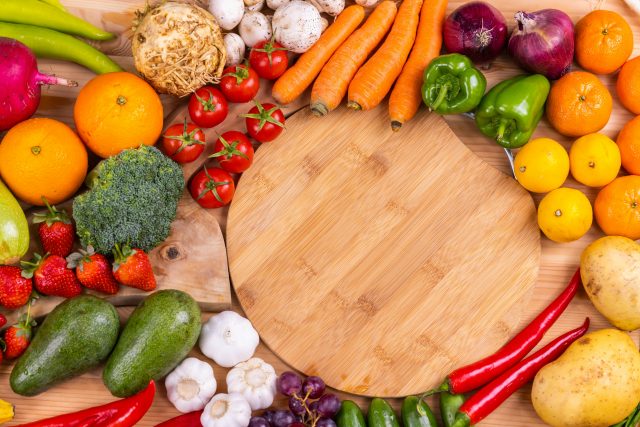Introduction
Droughts in Kenya are becoming more frequent due to climate change, threatening food security and farmer livelihoods. Choosing the right drought-resistant crops can help farmers maintain high yields even in dry conditions.
This guide explores the top 7 drought-resistant crops that Kenyan farmers should consider growing to ensure sustainability, profitability, and food security.
1. Sorghum: A Hardy Grain for Dry Regions
Sorghum is one of the most drought-tolerant grains and thrives in semi-arid regions. It requires minimal water and still produces high yields.
Benefits:
- Low water requirement—ideal for dry areas.
- High nutritional value—rich in fiber and essential minerals.
- Multiple uses—Used for flour, animal feed, and brewing.
Expert Insight: Farmers in Machakos and Kitui counties growing sorghum report a 30% increase in yields compared to maize during drought seasons.
2. Millet: A Climate-Resilient Supergrain
Millet grows well in poor soils and requires less rainfall than most staple crops, making it an excellent alternative to maize.
Best Millet Varieties for Kenya:
- Finger millet—high in calcium and iron.
- Pearl millet—More tolerant to extreme drought.
Expert Insight: Research from the Kenya Agricultural Research Institute (KALRO) shows that millet farmers in dry regions reduce crop failure rates by 40% compared to maize farmers.
3. Cassava: A Drought-Proof Root Crop
Cassava is one of the most drought-resilient crops. It thrives in poor soils and remains productive for up to 24 months after planting.
Benefits:
- The plant is able to survive long dry spells without irrigation.
- Food security requires a high carbohydrate content.
- You can process it into flour, starch, or animal feed.
Expert Insight: Farmers in Busia and Kilifi have reported double the yield per acre when switching from maize to cassava in dry seasons.
4. Pigeon Peas: A Soil-Enhancing Legume
Pigeon peas grow well in semi-arid areas, enrich the soil with nitrogen, and require minimal water.
Key Benefits:
- Drought-resistant and deep-rooted.
- • It fixes nitrogen in the soil, reducing fertilizer costs.
- A highly nutritious protein source.
Expert Insight: Farmers practicing intercropping with pigeon peas in Makueni County have seen higher soil fertility and improved maize yields.
5. Cowpeas: A Dual-Purpose Legume
Cowpeas are extremely drought-tolerant and grow well in Kenya’s hot, dry regions.
Benefits:
- Fast-growing—matures in 60–90 days.
- Edible leaves and grains for dual-purpose farming.
- It is rich in protein and fiber.
Expert Insight: Studies from Egerton University reveal that cowpeas require 50% less water than maize, making them a top choice for dryland farming.
6. Green Grams (Mung Beans): A Profitable Dryland Crop
Green grams are highly marketable and drought-tolerant, making them an ideal choice for smallholder farmers.
Key Benefits:
- • It requires less water than maize and beans.
- • It is high in protein and essential minerals.
- Short growing cycle (60-75 days).
Expert Insight: Farmers in Taita Taveta and Tharaka Nithi counties have earned 30% more profits by growing green grams instead of traditional beans.
7. Sweet Potatoes: A Versatile, Water-Efficient Crop
Sweet potatoes thrive in low-rainfall areas, require minimal inputs, and provide high yields.
Benefits:
- The product is high in vitamins A & C, essential for nutrition.
- Grows in poor soils, making it suitable for arid regions.
- Long-term storage ensures food security.
Expert Insight: Farmers in Homa Bay and Meru have reported three times higher food security levels by shifting from maize to sweet potatoes.
Conclusion: Choosing the Right Crops for a Resilient Future
Kenyan farmers must adapt to climate change by shifting to drought-resistant crops. Sorghum, millet, cassava, pigeon peas, cowpeas, green grams, and sweet potatoes are reliable, high-yield alternatives to water-intensive crops like maize.
Adopting these crops will ensure food security, economic stability, and long-term sustainability for Kenyan farmers.



